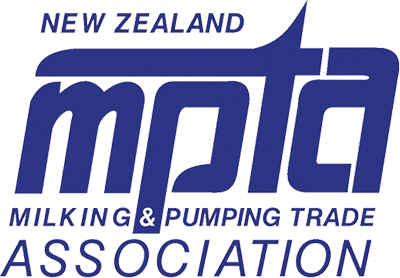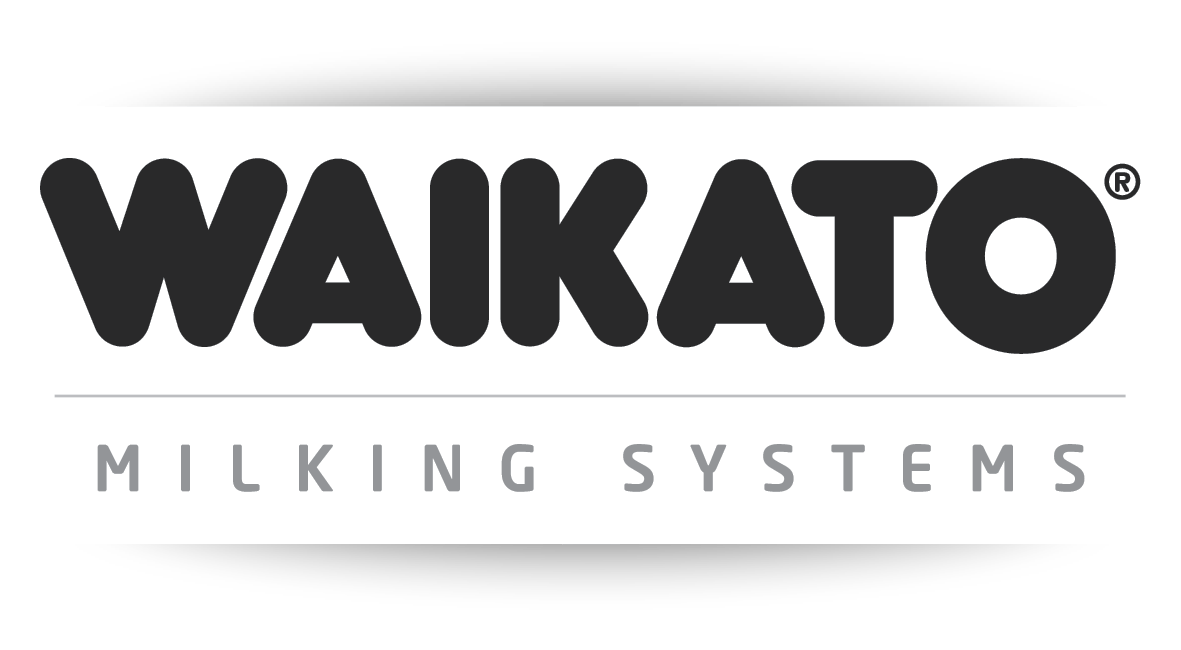Effluent water systems

When managed correctly, dairy effluent can be a valuable resource that can increase pasture production and reduce your fertiliser costs.
When managed correctly, dairy effluent can be a valuable resource that can increase pasture production and reduce your fertiliser costs.
The key to solid effluent management requires a combination of a well-designed system and specific processes that not only correctly collect the effluent but distribute it in the right doses at the proper time.
This post will explore what makes an efficient effluent system and will outline important considerations when planning your system.
Let’s take a look.
Steps towards improved effluent management
We all know the environmental impacts of effluent and fortunately, New Zealand’s dairy farmers are leading the charge to improve the water quality in their regions.
New freshwater reforms are expected to result in almost 56,000km of fences to protect the country’s waterways from stock runoff and correct effluent management is being explored to also improve soil quality on dairy farms.
But what does correct effluent management actually look like?
Well, in the past, dairy effluent was viewed as a useless by-product of the milking process and a collection of waste at the feedpen. Managing this waste was always focused on the disposal of this waste. However, with ongoing research the industry focus has shifted away from a waste mentality to a resource utilisation approach.
Today there is a marked improvement in awareness around the importance of effluent management.
So how can it be implemented in your business?
Let’s break it down into steps.
Planning your effluent management
Detailed planning will be a vital part of developing an effective dairy effluent system that works specifically for your farm. Your farm’s individual characteristics, such as the soil type on your property, the distances to local waterways as well as how the system can be integrated into your existing infrastructure are only the first considerations.
It will also be important to implement management strategies such as fertiliser applications and irrigation management.
Choosing the most appropriate effluent system for you, whether it be pondage systems or direct application, will depend on what is most practical, easy to maintain and has the potential to return the most benefit.
Considerations for your system
Effluent systems are made up of different stages, which are integrated to form the total system. If established correctly, effluent stream will be carefully managed from its generation to its application and reuse. Here are the key stages:
Minimising the quantity of effluent
The more waste that your stock produce, the more that requires storage and application to pastures. Consider your feed strategies to establish if the volume of waste can be reduced at the source.
Maximising the quality of effluent
Establishing a process that will remove the coarse material from the liquid stream such as manure solids, fibre, debris, sand, gravel and stones reduces the likelihood of problems with other components within the effluent system. Particularly during the pumping, storage, conveyance and application stages.
Moving the effluent
How will effluent be shifted from the collection point to storage? Are you able to utilise gravity? What distances do you need to cover? The answers to these questions will establish which is the best setup for the job.
Storage and containment
Runoff is a major issue during NZ’s wetter months. How do you plan to contain the effluent within your property? Where and how will you store the effluent? These are your next main considerations, if not the most important. How can you protect your nearby water sources if you can’t prevent runoff during winter?
Distribution management
Though often considered the final stage in an effluent system, determining the end location for where effluent will be applied is actually a good starting point when designing the system. Your effluent will need to be applied over a significant percentage of your farm paddocks and ideally will be strategically linked to your farm soil fertility targets and fertiliser applications.
Ongoing evaluation and maintenance
The overall management and ongoing maintenance of an effluent system is often overlooked but remains the most important step of the process. Establishing the best system may be a case of trial and error, rather than plug and play. Keep an eye on the system at each stage of the process and aim for continuous improvement.
Management vs. Design
The number one reason that most systems fail is due to the failure of managers to re-evaluate and make adjustments over time. Be sure to factor in the costs of servicing, the overall difficulty and necessary frequency of maintenance and the distribution of staff responsibilities and you will have an efficient system to be proud of. The dairy industry will always face criticism in the face of environmental degradation. However, these quality steps in the right direction mean your farm is less likely to be a contributor to this ongoing issue.







